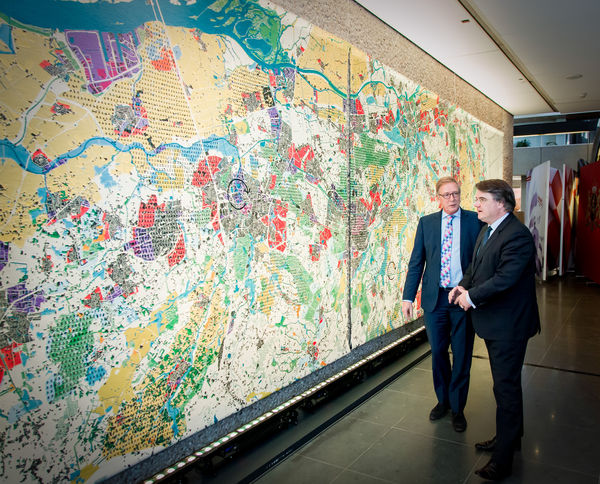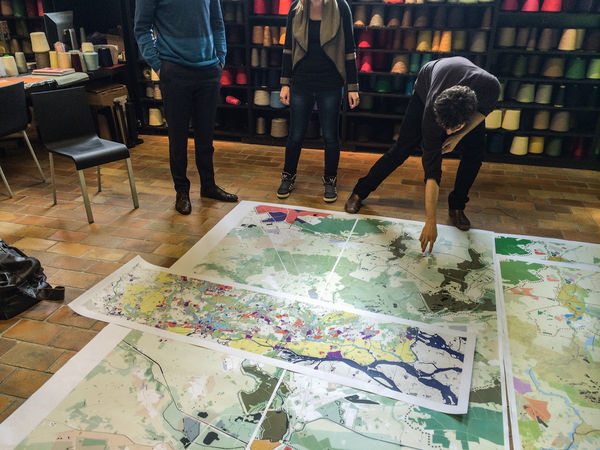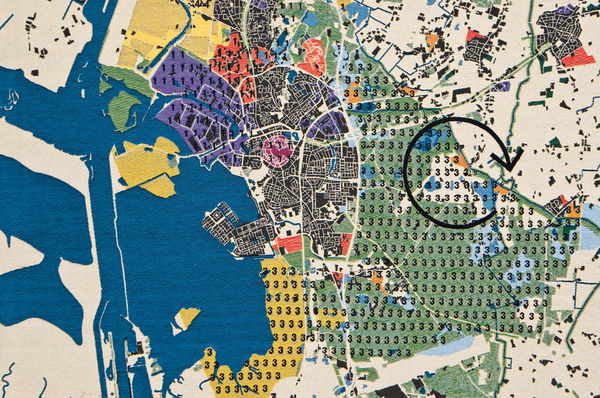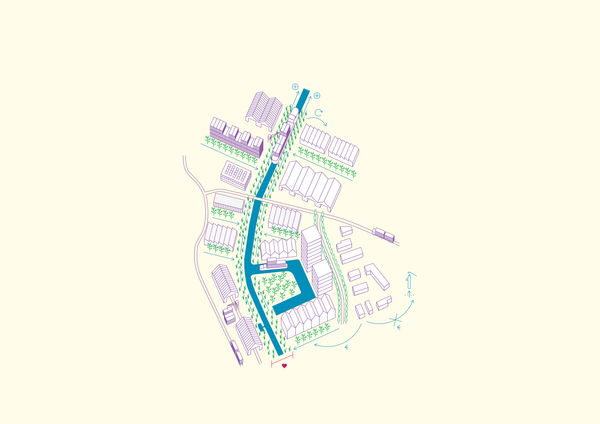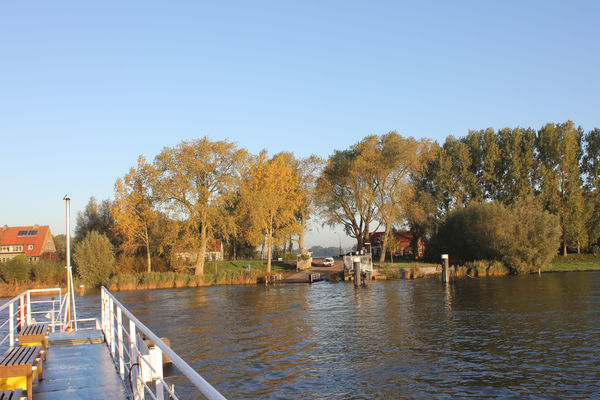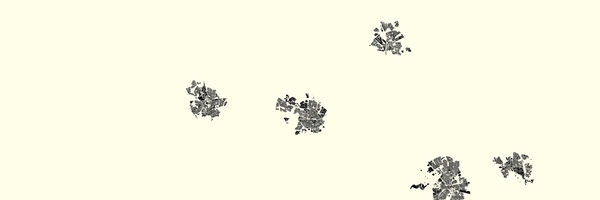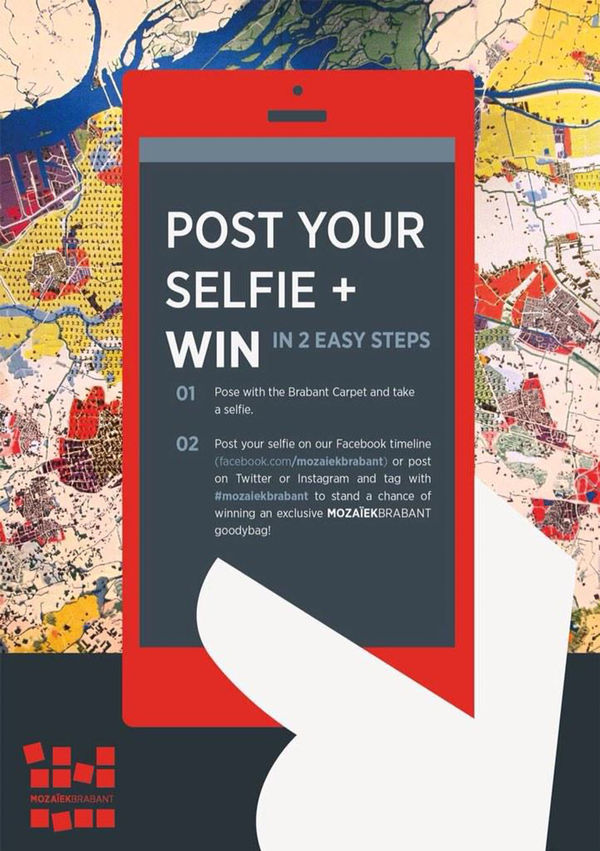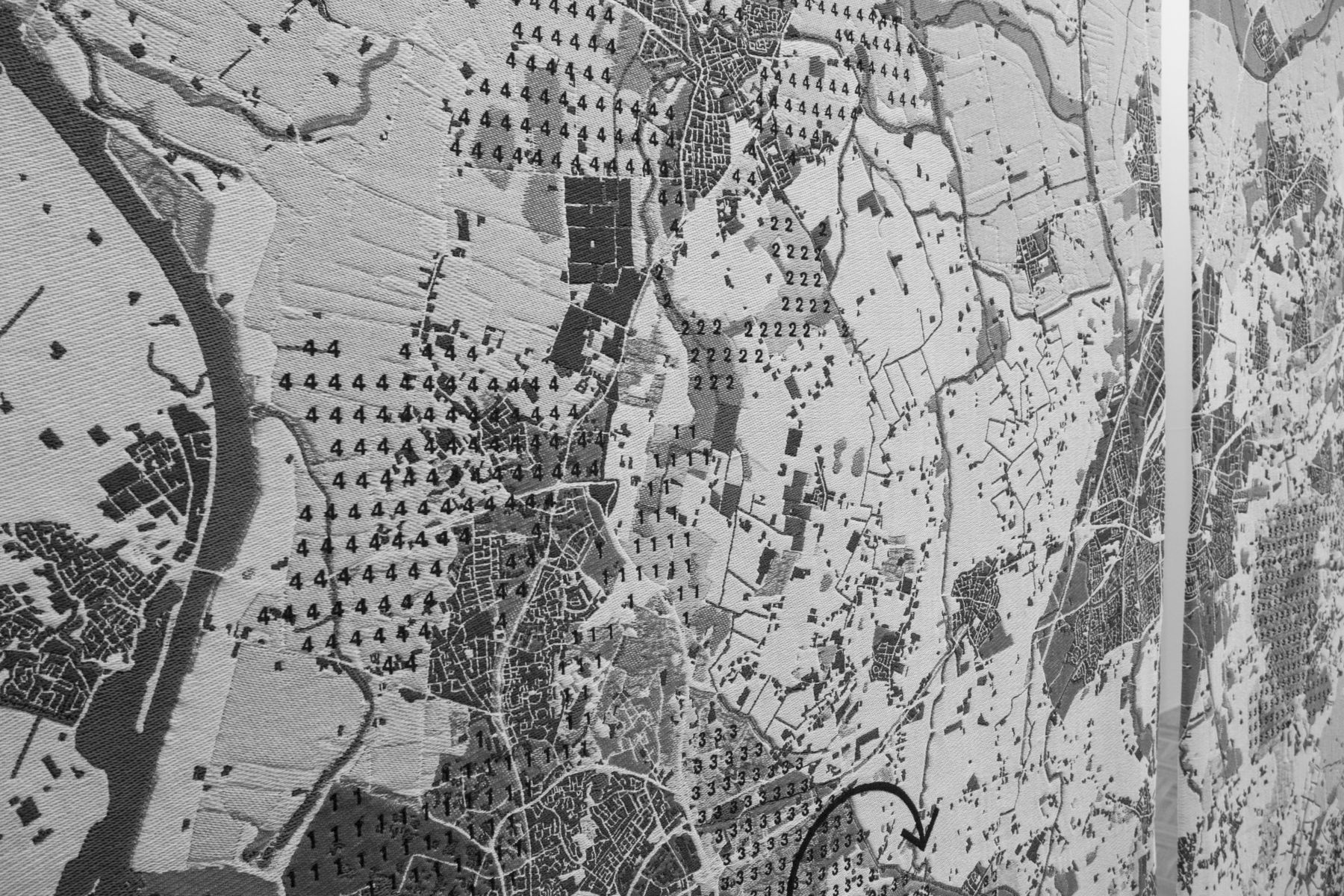The sixth edition of the International Architecture Biennale Rotterdam – IABR-2014-URBAN BY NATURE – placed the relationship between the city and nature on the agenda. An increasing number of people are living in the city, not only in compact inner city centres, but also in large, expansive urban landscapes. The city and the landscape are merging to an ever greater degree. The more we know about the relationship between the two, the greater our insight into designing these complex urban landscapes.
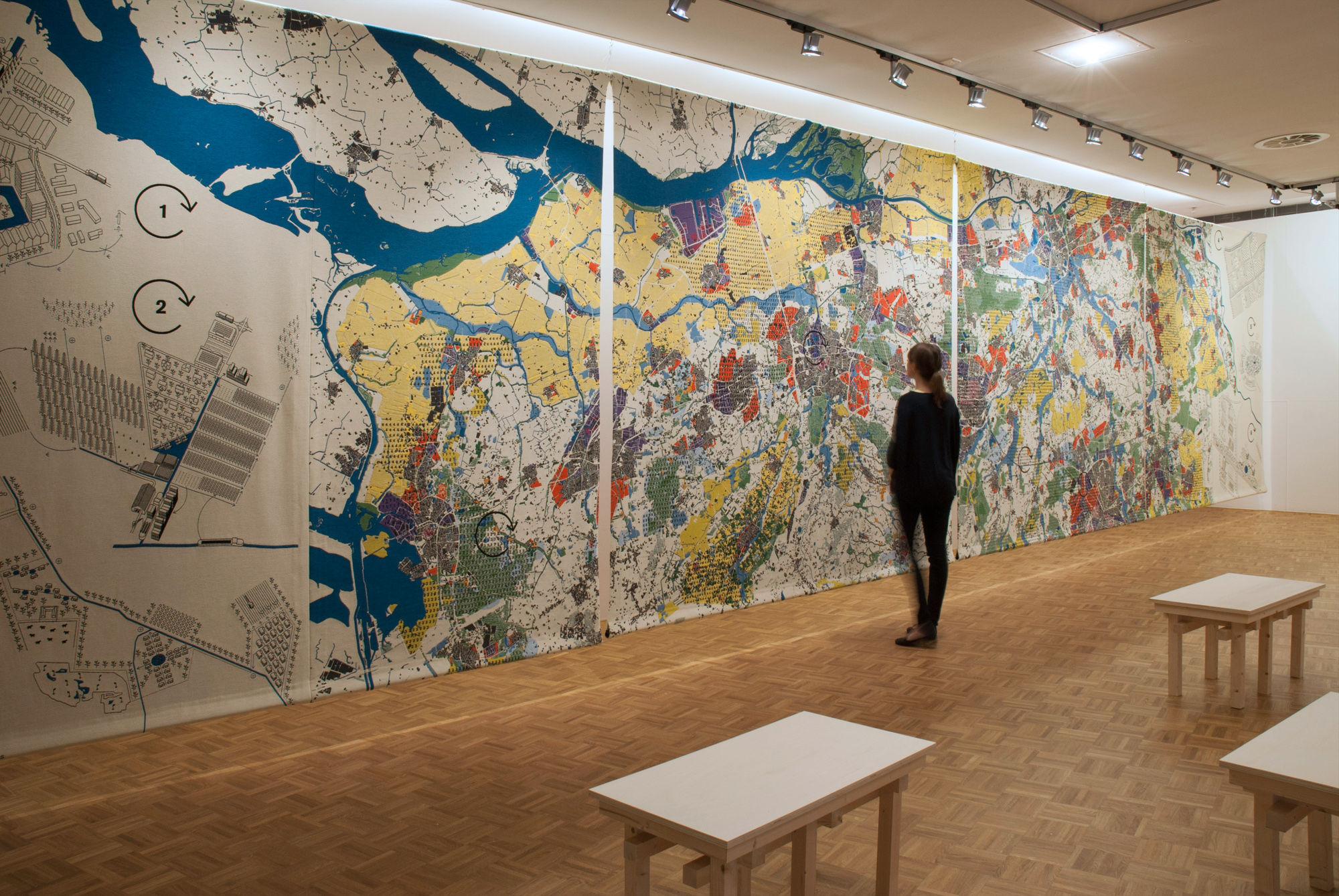
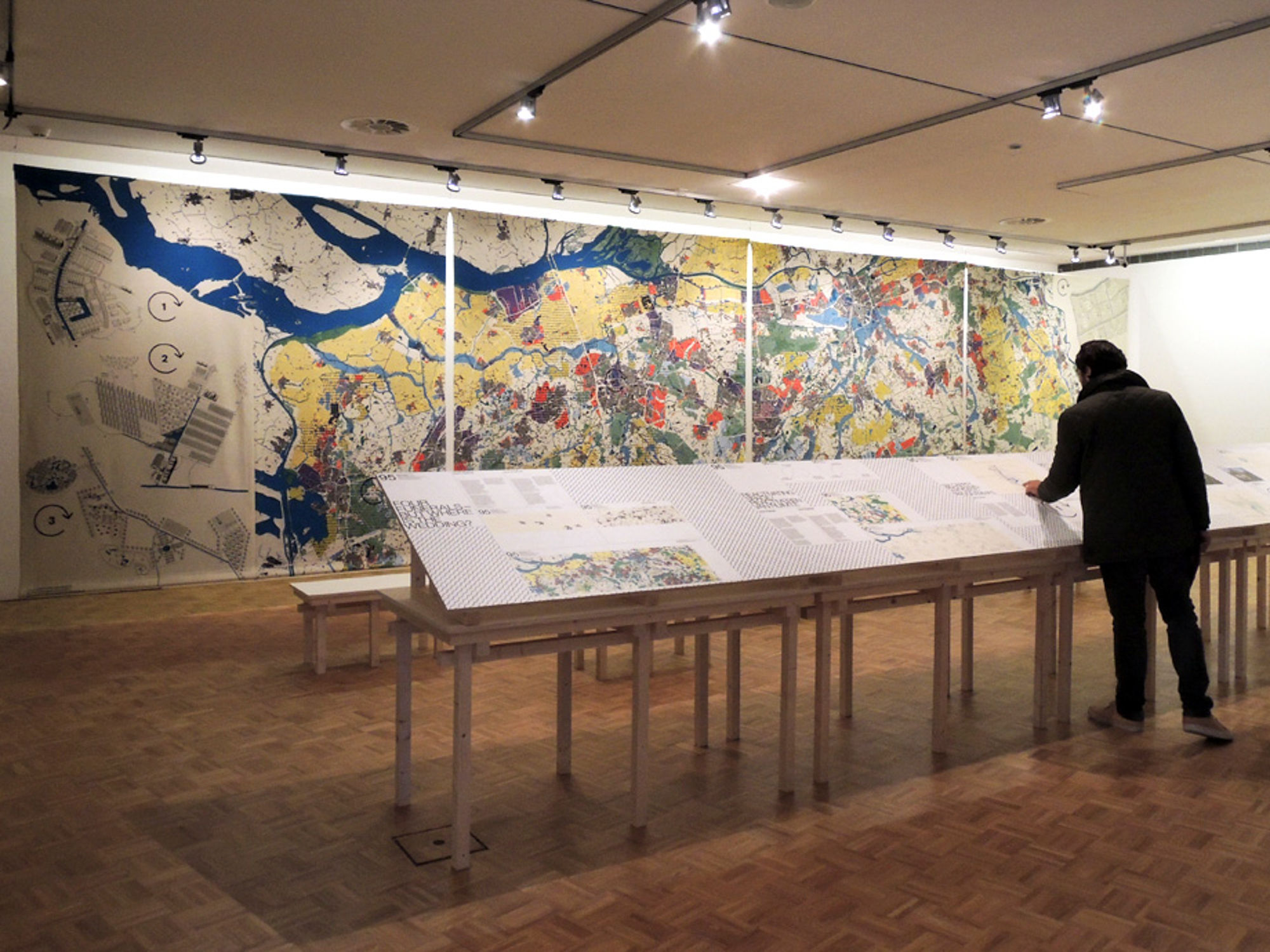
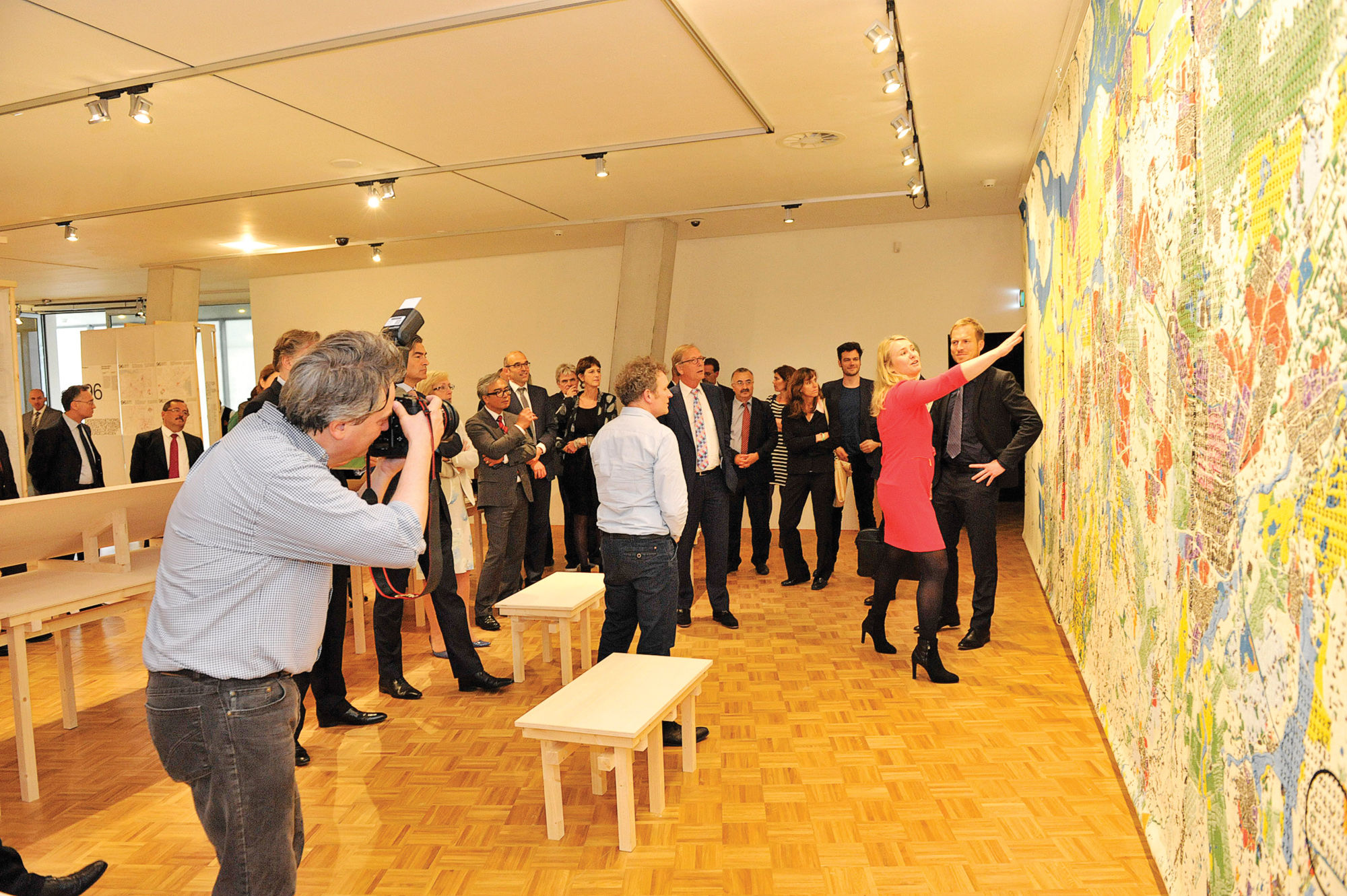
The IABR, in association with the Province of North Brabant, the cities of 's-Hertogenbosch, Eindhoven, Tilburg, Breda, and Helmond, and the four Brabant water boards, set up the IABR Project Atelier BrabantStad, in order to effectively examine how this urban landscape developed and can be optimally managed. The atelier's objective was to design alternative development models, because there are no ready-made answers to challenges such as globalisation, urbanisation, population growth, digitisation, the economic transition, environmental challenges and administrative change, and some answers soon prove to be outdated. Therefore, it's about being flexible, and developing a management method that creates resilience, whatever happens. This could best be achieved if it is based on your particular strength. So the IABR - Project Atelier BrabantStad went in search of Brabant's strengths.
The design agencies Architecture Workroom Brussels, LOLA Landscape Architects and Floris Alkemade Architect spent eighteen months performing research by design into the strengths of the Brabant carpet metropolis. The Brabant municipalities were hard hit by the crisis and many of the planned developments, such as those involving the area around stations, had to be shelved. The questions that emerged: which city-country relationships are most promising on this scale when it comes to ecological and economic sustainability? Where is the synergy between the region's potential and the ambitions harboured by individual cities?
As a possible solution the IABR-Project Atelier BrabantStad formulated six development models, which all explore where water problems exist, and how their solution could be linked to other challenges. The results were presented in the form of a tapestry measuring twelve meters long by three metres high, which was first displayed as part of IABR-2014 to subsequently tour Brabant. Moreover, the results of the study were also documented in the publication Reweaving the urban carpet.
North Brabant is facing serious ecological and socio-economic challenges. Until now, spatial planning in North Brabant has always been used to boost and improve the urban environment, the natural structures and agricultural area as three completely separate worlds. As a result, there is a lack of spatial as well as economic cohesion, and contact between the city and the countryside was eroded. The aim of this project was to resolve the issues within the city from outside, and vice versa. To do so it is necessary to look beyond the city boundaries and focus on the connection between the city, nature and farming, rather than reinforcing the three individually. Therefore, there is a need for a regional spatial vision.
Occupying a central location between Randstad, the Brussels-Antwerp axis and the Ruhr area, the region of North Brabant offers a range of residential and employment options that is unparalleled in the Netherlands. This resulted in the familiar spatial model of the mosaic or carpet structure. This is exactly the greatest potential for the future of BrabantStad, the concept of borrowed size: due to their intricate interweaving small cities and rural areas can exchange their qualities and facilities in an efficient manner. What's more, there is a single system that cuts through the carpet structure and connects inner city challenges with those in the countryside: the water system.
BrabantStad is a network of cities with lots of developments in between. The connecting element between the city, nature and farming is water. North Brabant is a wet province by nature, but nowadays the water is drained away so quickly that there is a shortage of freshwater. The main water challenge in North Brabant is thus safeguarding the supply of freshwater. The expansion of the water system is a continuous investment in which challenges related to quality housing, farming, recreation and innovative entrepreneurship must be connected.
In order to improve the quality and increase the potential of Brabant's entreprise and residential landscape, there must be a focus on redeveloping the urban carpet. The restitchingof this carpet creates new connections. The IABR-Project Atelier BrabantStad proposes six development models:
1. If we redesign outdated industrial areas around collective water systems we combat urban heat stress and produce a healthy urban environment for new economies.
2. If we support the transition to more sustainable crops we increase the profitability of farms as well as the quality of the landscape, and we organise the gradual infiltration of water in the soil to prevent nature reserves drying out.
3. If we divert Brabant watercourses through recreational areas we create a tourist-recreational network that slows down the pace at which they are drained and thus contribute to the freshwater balance in North Brabant.
4. If we use the scale increase of intensive livestock farms for the reorganisation of crops and the landscape integration of collective facilities, such as water treatment, large-scale agriculture in North Brabant will acquire a sustainable character.
5. If we use the infiltration areas as unique residential landscapes not only do we offer an alternative for the planned peri-urban housing expansions, but we also develop a new component of the wet landscape.
6. If we redesign the profile of the avenues that connect innovative industry in the outskirts of the city with facilities in the centre, we create huge linear 'wadis' on to which new construction projects equipped with a separate sewer system can be grafted.
All these models examine where water issues exist, and how their solution could be linked to other challenges. The results were presented in the form of a tapestry measuring twelve metres long by three metres high, woven by the Tilburg TextielLab. The tapestry was first displayed as part of IABR-2014 and subsequently toured Brabant.
The results of the study were also documented in the publication Reweaving the urban carpet. The IABR-Project Atelier BrabantStad does not constitute the end. It is not merely a mirror for current policy, or a seductive but unrealistic vision of the future. It is a first step towards an alternative attitude and methodology. The intention of the six development models is for them to end up as specific pilot projects and for them to form the preparatory work for the new Regional Environmental Vision for the Province of North Brabant 2018 (Omgevingsvisie voor de Provincie Noord-Brabant 2018).
